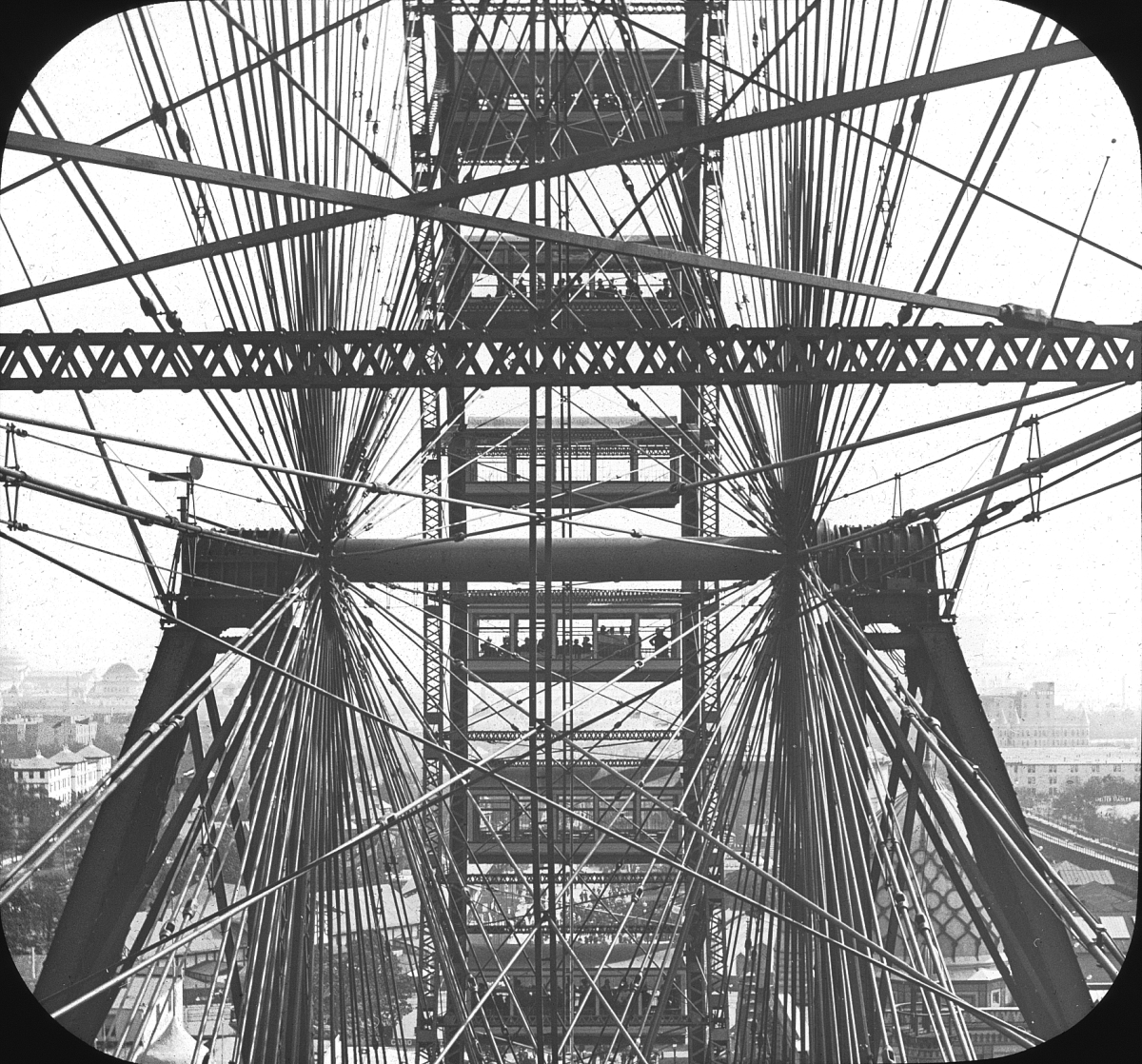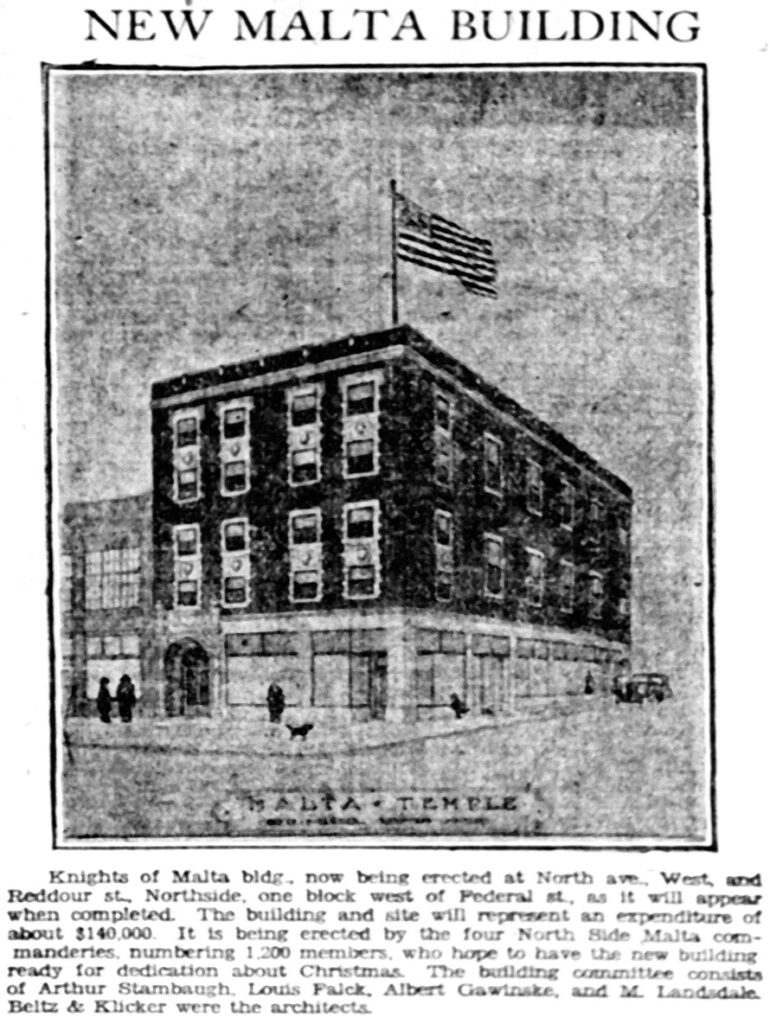
This tiny house on Arch Street, which is now part of the Mexican War Streets Historic District, is one of the less distinguished houses from an architectural point of view. Crammed into a half-size lot beside a much larger house, it has nothing but a little plaque on the front to tell you that a great man once lived here. This was the home of George Washington Gale Ferris, Jr., when he invented the Ferris wheel.
The great wheel was conceived as an answer to the Eiffel Tower. The Exposition Universelle in Paris had attracted the admiration of the world with the world’s tallest structure. Chicago was planning the World’s Columbian Exposition: what could possibly outdo the Eiffel Tower? George Ferris, until then a moderately successful engineer in Pittsburgh, designed the great wheel, and it was a success.

A few numbers will show what a colossal construction this was. It had 36 cars. Each car had 40 seats, with room for 20 more people standing. Altogether, more than two thousand people could ride the Ferris Wheel at once.

The Lumiere Brothers, pioneer moviemakers, captured the wheel in motion in 1896.
George Ferris never made much money from his great wheel; in fact he believed that the fair promoters had cheated him out of his share of the profits. In November of 1896, just three and a half years after the fair opened, Ferris died of typhoid fever. He never got rich enough to move out of this tiny house on Arch Street.













































